Description
The Boysenberry is known for its large, juicy, purple berries used for baking desserts, making jams, and crafting syrups. Rudolph Boysen developed the Boysenberry in Anaheim, California in the 1920s, and then Walter Knott of Knott’s Berry Farm in Buena Park popularized it when he started growing the berries and his wife, Cordelia, turned them into delicious jams and pies. It is a plant said to have blackberry, raspberry, loganberry, and dewberry in its ancestry. The fruit is larger and sweeter in flavor than blackberries, but tastes much like blackberries and raspberries! Yum.
Size: You can choose from two different sizes for this product. The first image shows the large option, while the second shows the small option.
NOTE: This product is only available for shipping to US customers.
Boysenberry – Cultivator: Boysen
This variety has small seeds and thorns. Self-pollinating. Tolerates the heat. Starts producing berries in 1-2 years.
Planting Boysenberries: Before you plant bare-root boysenberries, remove them from the package and submerge the roots in a bowl or bucket of cool water for 4 to 6 hours (no more than 24 hours). Plants can be planted out in fall or winter with the note on 8-degree temperatures below kept in mind. Dig a big hole. It should be about 16” to 18” deep and 24” to 36” wide. Mix a large bag or two of compost with the soil you removed from the hole. The ideal ratio is 2 parts compost to 1 part soil. Fill the hole with the soil and compost mixture a few inches at a time, watering each layer to be sure it contains good moisture content for your new plant, but is not waterlogged. Using a small hand trowel, dig a hole a bit larger than the bare-root plant and place it in the hole. Gently brush soil around and over the plant’s roots, positioning the stem and top of the root structure so that it’s covered by one to two inches of soil. Press the soil down firmly around the roots. Water deeply. Apply 4” to 6” of mulch but keep the few inches around the stem free from mulch.
Growing Boysenberries: If your weather goes down to 8 degrees Fahrenheit or lower, consider heavily mulching in winter, with all vines off trellis and on the ground, picking the vines back up in late winter or early spring, once danger of such temperatures is past. This is one berry that needs supported by a trellis, even if it is grown in a pot. Once established, prune the plant in late autumn, after harvest has passed. During spring, this vining bramble produces small white flowers, while its thin, thorny canes grow from fibrous roots. Fruit is produced on second year canes.
Boysenberry Soil Needs: Sandy, clay loam. 6.0 to 6.5 pH. Well-drained/average moisture.
Harvesting Boysenberries: Berries will come to ripeness around June or July, depending on where you live. Boysenberries don’t ship well and so should be used rather quickly. They’re commonly used for making jams and jellies! The fruit is high in antioxidants and vitamin C and also contains vitamin K, vitamin E, manganese, copper, and magnesium.
USDA Zones: 6-9
Best time to plant bare-root boysenberries: November – April
Best time to plant potted boysenberries: March – June
Size At Maturity: 5-6′ tall and 5-6′ wide
Sun/Shade: Full Sun
Spacing: 5-6′ apart
Quantity: 1 bare root plant (large: 5″ in length; small: 3″ in length)
Product image(s) via: Strathearn Berries






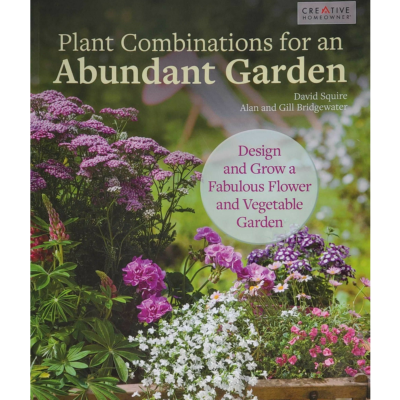
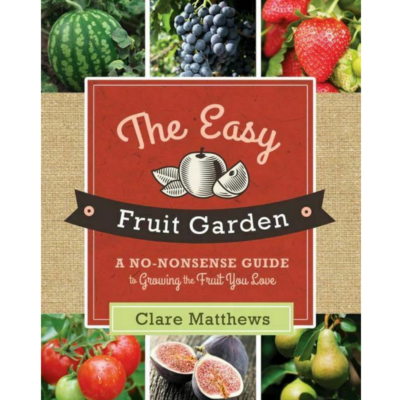


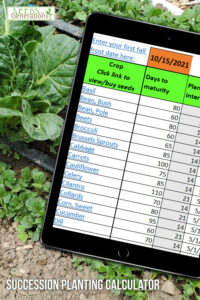
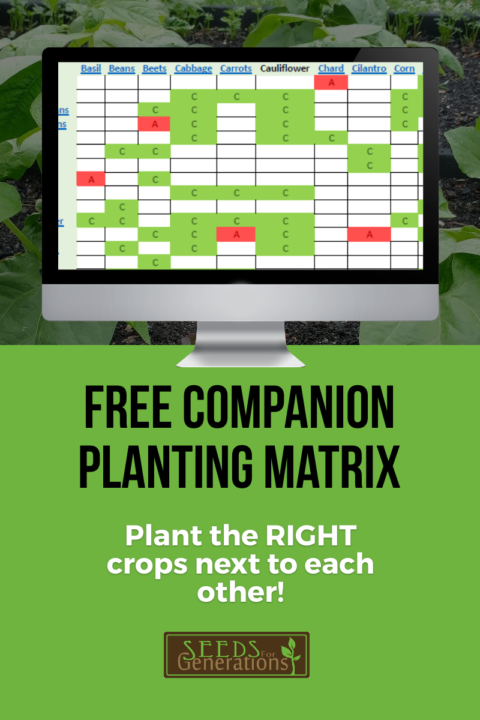
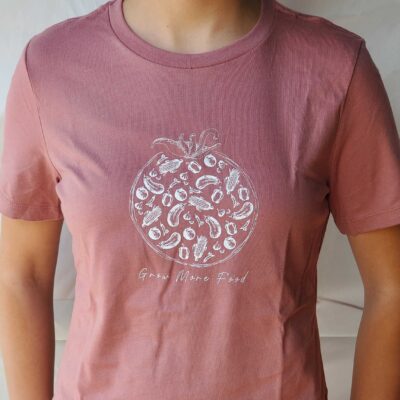
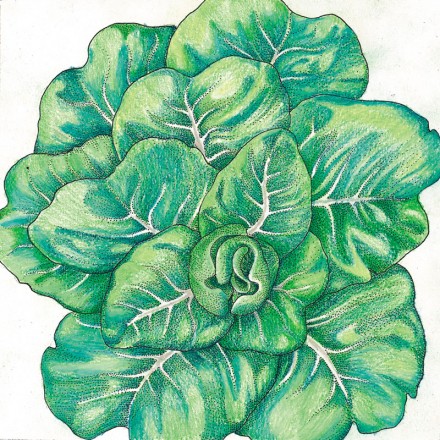
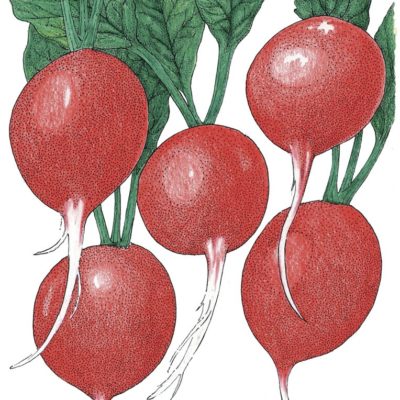
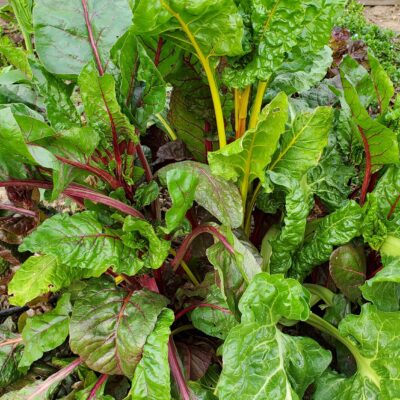
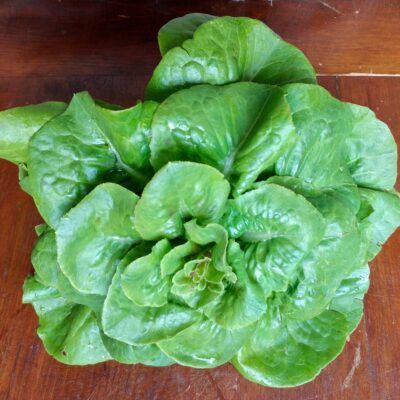
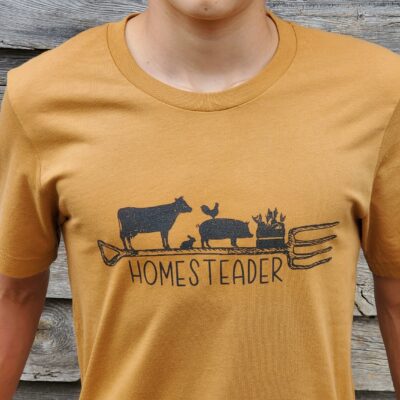
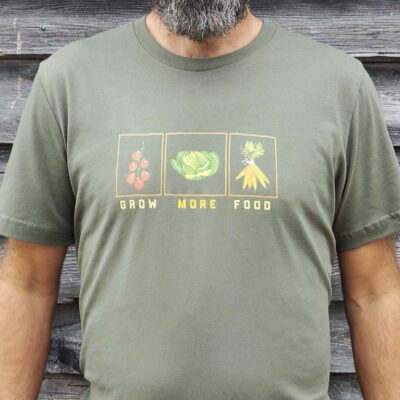
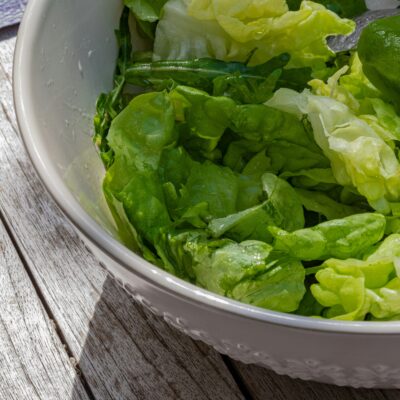
Reviews
There are no reviews yet.